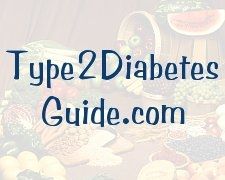Sweet & Tasty Low Glycemic Index Fruits
Many dietitians recommend a diet focusing on fresh vegetables, fruits, whole grains and beans. Many fruits are naturally sweet, which can help diabetics satisfy a "sweet tooth" craving.
Foods with a GI of 55 of less are considered low GI. These foods include mostly fruits and vegetables, but also whole grains, low-fat yogurt, and pasta. Medium GI foods are 56-69 and include things like raisins and brown rice. Finally, high GI is 70 or above and includes foods such as baked potatoes, white rice, white bread and alcoholic beverages.
Some examples of common, tasty low glycemic index fruits include:
- Apples
- Bananas (not overly ripe)
- Cherries
- Grapefruit
- Grapes
- Oranges
- Peaches
- Pears
- Plums
- Strawberries
Medium GI fruits include cantaloupe, pineapple, and watermelon, among others.
All of the above refer to fresh, whole fruit (not canned). Keep in mind that the GI can vary or change, depending on the ripeness of the fruit as well. The riper the fruit, the higher the glycemic index.
These low-glycemic index fruits are just the beginning. Focusing on a low glycemic diet can be a useful tool in helping a diabetic control blood sugar levels. However, it is a combination of exercise, healthy diet, and medications (where necessary) that will help you control your diabetes.
What Causes Diabetes?
Insulin Resistance
Signs of Diabetes
Hypoglycemia
Hyperglycemia
Glycemic Index
Diabetic Recipes
Feline Diabetes
Diabetes Diet Sheet
How to Control Diabetes Without Medication
What Foods Have a Low Glycemic Index?
Conversion Chart for Blood Sugar Levels





